Table of Contents
Have You Ever Wondered How to Capture the Night Sky in All Its Glory?
For many, the night sky represents mystery, beauty, and a frontier waiting to be captured through the lens of a camera. Whether it is the allure of the stars or the striking spectacle of the Milky Way, capturing these heavenly elements presents both a challenge and an opportunity for photographers. Night sky photography demands more than just a cursory interest; it requires a master’s touch—a thorough understanding of techniques and equipment to achieve those perfect shots.
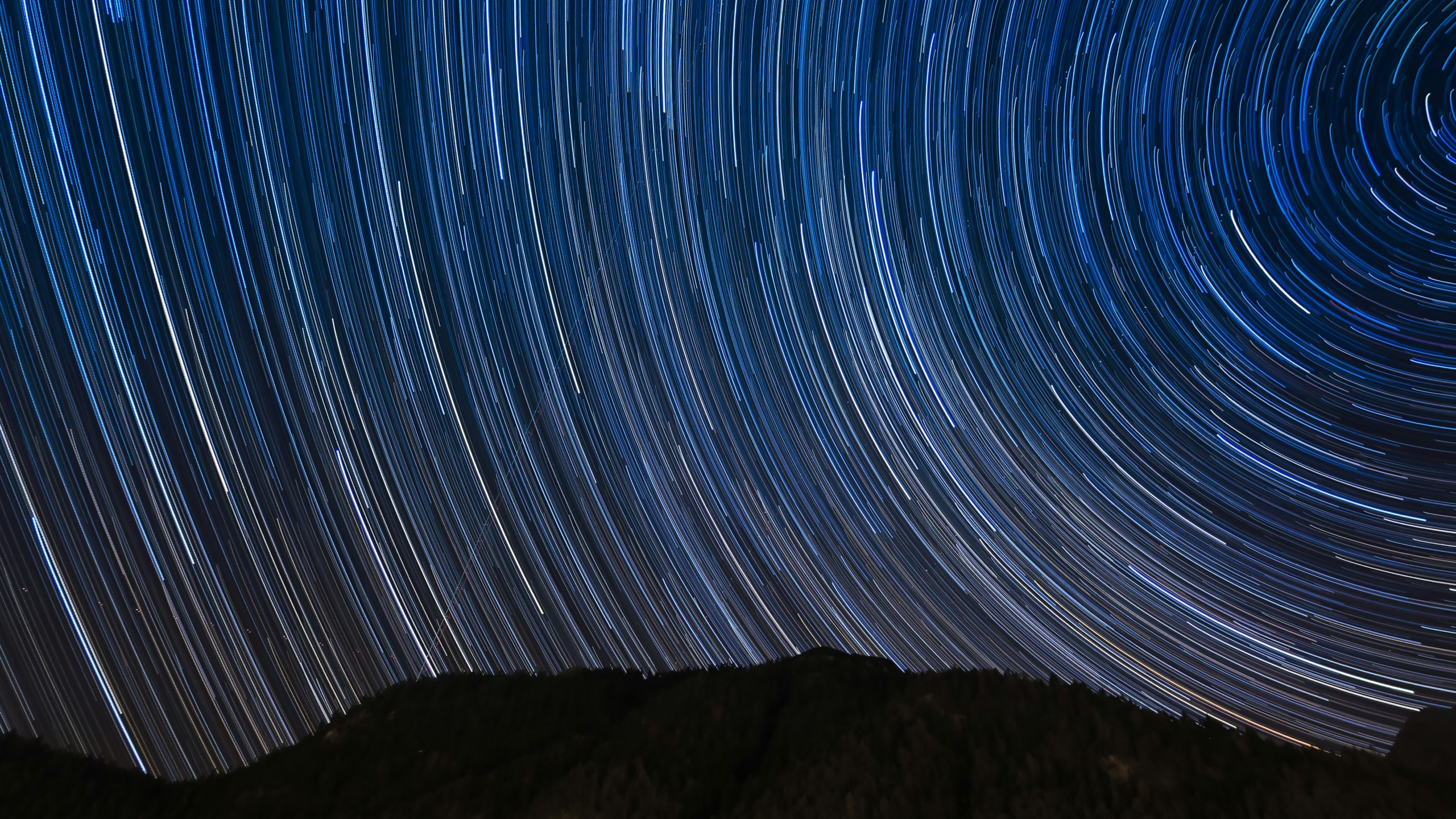
What Makes Night Sky Photography So Intriguing?
Night sky photography is not merely about taking pictures in the dark. It is an art form that combines timing, technology, and technical skill. For enthusiasts, it offers a chance to capture the cosmic dance of stars, planets, and other celestial wonders often invisible to the naked eye. The tranquility of the night combined with the excitement of capturing rare astronomical events makes it a rewarding pursuit that continues to thrill photographers around the globe.
Setting the Stage: The Importance of Preparation
Successful night sky photography hinges on meticulous planning and preparation. From choosing the right location to timing your shot, each decision lays the groundwork for a stellar image. Planning starts with understanding the phases of the moon, patterns of star movement, and the best times for viewing celestial phenomena. Utilizing tools like astronomy apps or a physical star chart can help in ensuring you aim your camera at the right place at the right time.
Factors to Consider When Planning:
- Location: Find a site free from light pollution for optimal clarity.
- Weather Conditions: Clear skies are a must; clouds can obscure your view.
- Moon Phase: A new moon offers the darkest skies, ideal for capturing detail.
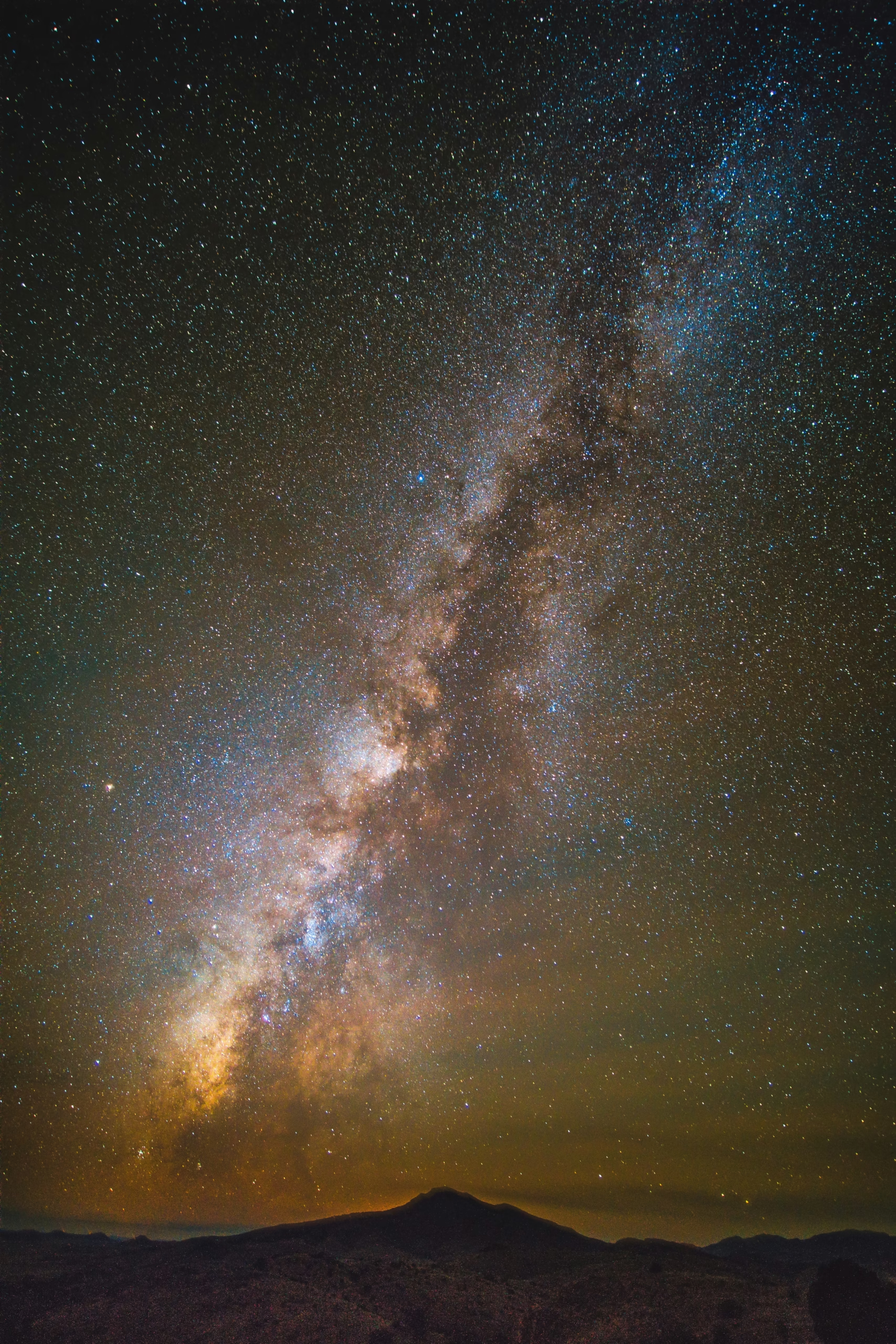
Equipment Essentials: Tools of the Trade
To capture the night sky in its full splendor, the right equipment is indispensable. The essence of good night sky photography lies in your camera, lenses, and accessories.
Camera Selection
DSLRs or mirrorless cameras with manual exposure settings are preferred due to their flexibility and image quality. Features to look for include:
- High ISO Range: Enables shooting in low-light conditions without excessive noise.
- Long Exposure Capabilities: Allows more light to hit the sensor, revealing details.
- Full-Frame Sensors: Provides better sensitivity to low light and broader dynamic range.
Lenses and Other Equipment
The lens you choose significantly impacts the breadth and clarity of your photos. Opt for:
- Wide-Angle Lenses (14mm to 24mm): Capture expansive views of the sky.
- Fast Apertures (f/2.8 or lower): Allow more light in for brighter images.
- Sturdy Tripod: Essential for stability during long exposure photography.
- Remote Shutter Release: Minimizes camera shake when taking photos.
Technique Fundamentals: Balancing Science and Art
Once equipped and prepared, mastering specific techniques is crucial to elevating your night sky photography.
Exposure Settings
Understanding and manipulating exposure settings—aperture, shutter speed, and ISO—is key to capturing crisp, detailed images.
- Aperture: Set it wide open to allow as much light as possible onto the sensor.
- Shutter Speed: A longer duration can reveal more stars, but beware of star trails unless intentional.
- ISO: Set high enough to reveal stars, but manage to prevent noise.
Focusing in the Dark
Achieving accurate focus at night can be difficult. Manual focus with the help of live view and digital zoom can ensure sharp images. Aim to focus on a bright star or distant light.
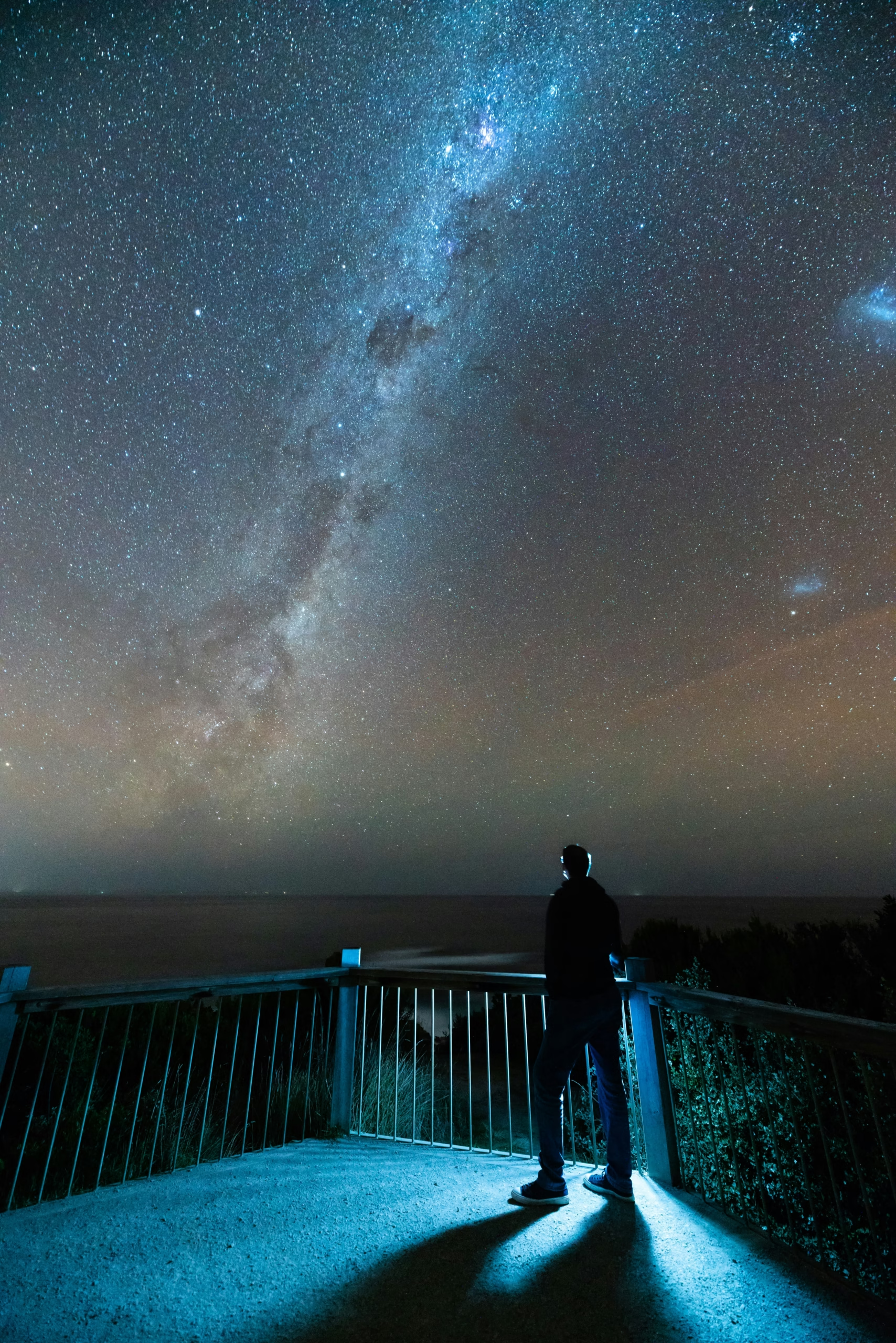
Advanced Techniques for the Daring Photographer
For those seeking more intricate challenges and captivating results, advanced techniques like star trails, time-lapse photography, and post-processing reveal deeper layers of night sky photography.
Capturing Star Trails
Creating star trails requires understanding the Earth’s rotation and shooting longer exposure times to produce circular arcs in your images. This can mean:
- Setting exposures between 15 minutes and several hours.
- Using full-frame cameras that can handle such long exposures.
- Stacking multiple shorter exposures in post-processing for clearer images with less noise.
Time-Lapse and Motion Tracking
Time-lapse photography captures motion over time, showcasing celestial phenomena beautifully.
- Time-Lapse Tools: Use intervalometers to automate shooting sequences.
- Motion Tracking Mounts: These devices track star movement, allowing longer exposures without blurring.
The Importance of Post-Processing
Post-processing is a vital component of night sky photography that can make or break a good shot. Editing tools allow photographers to adjust brightness, contrast, and color balance to highlight the intrinsic beauty of their captures.
Essential Post-Processing Tips
- Reduce Noise: Apply noise reduction techniques to improve image clarity.
- Enhance Detail: Sharpen subtle details like star clusters.
- Realistic Color Balance: Keep colors true to life while enhancing atmospheric effects.
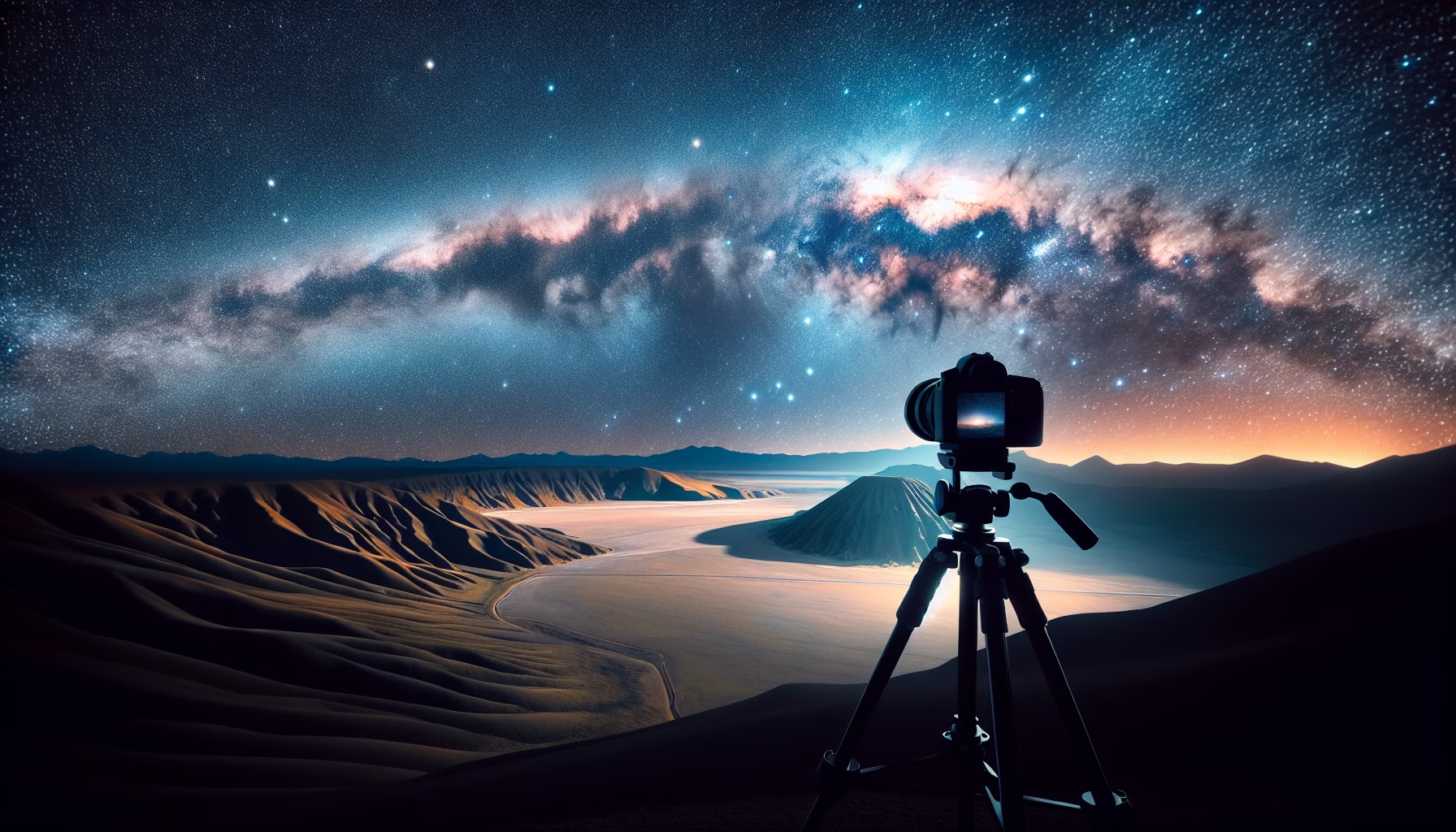
Unveiling the Beauty: Practical Applications for Your Photographic Journey
Night sky photography is not just about creating stunning visual art; it has practical applications. From contributing to scientific research on astronomy to providing content for educational platforms or professional portfolios, the potential uses of your work are vast.
Possible Practical Applications:
- Scientific Contribution: Your photos may aid in astronomical research and public engagement.
- Artistic Pursuits: Create and exhibit captivating art pieces or photobooks.
- Educational Materials: Use images in teaching materials to illustrate celestial phenomena.
Frequently Asked Questions: Addressing Common Queries
What is the best time of year for night sky photography?
The best time varies depending on geographic location and specific celestial events. However, generally, the months from late fall to early spring offer longer nights and dark skies.
How can I reduce noise in night sky photos?
Start with a low ISO and increase as necessary. Applying noise reduction in post-processing software like Adobe Lightroom or Photoshop helps maintain image quality.
Are there smartphone apps that assist with night sky photography?
Yes, numerous apps like SkySafari or Stellarium can aid in planning, finding constellations, and optimizing exposure settings.
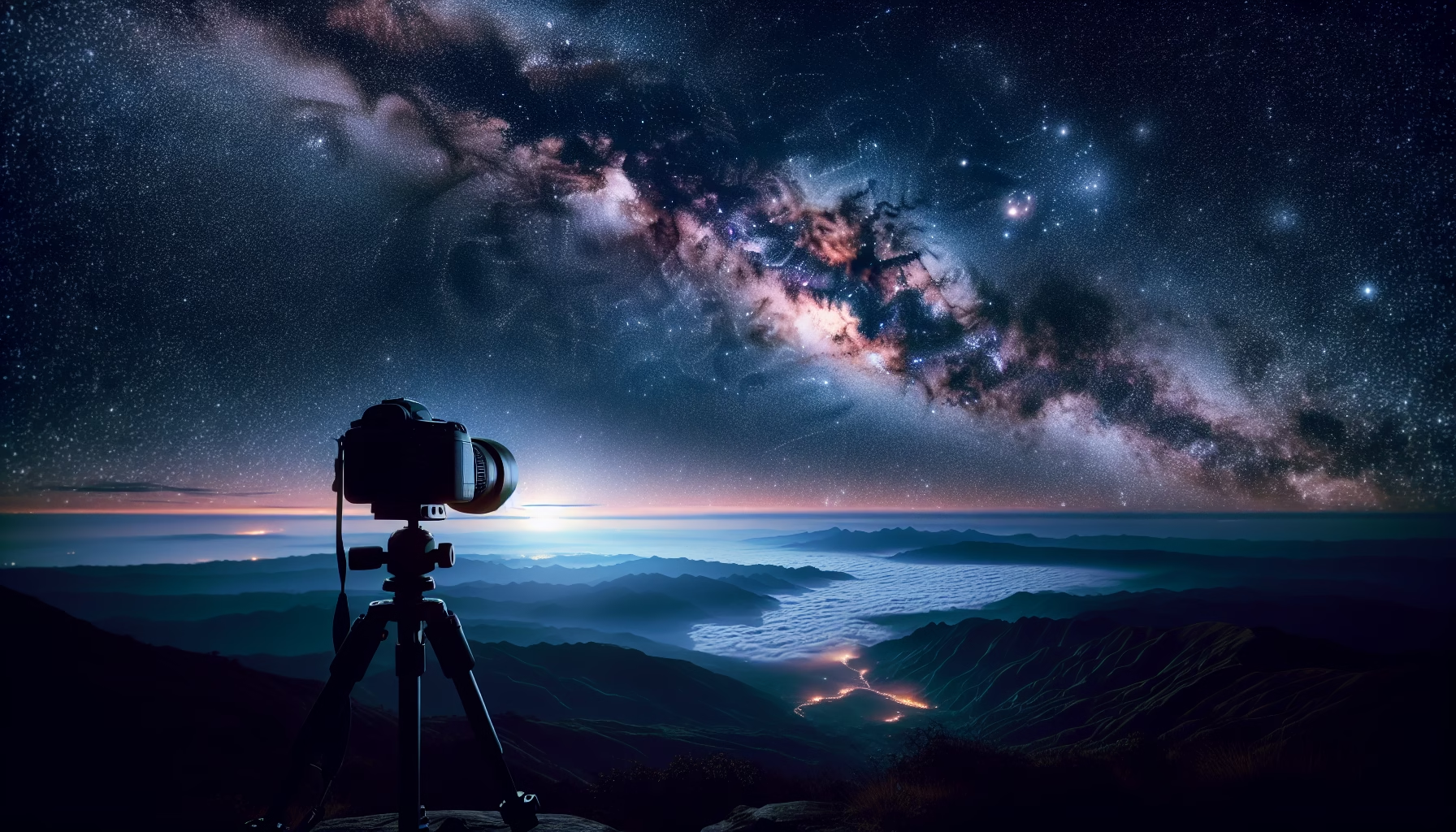
Conclusion: The Journey into Eternal Night
Mastering night sky photography is a rewarding endeavor that opens up a celestial canvas waiting to be captured. Armed with the right knowledge, equipment, and patience, photographers can create stunning images that captivate the imagination long after the stars themselves have set. As you continue this nocturnal journey, remember that each shot is not just a photograph but a moment frozen in time—a testament to the endless beauty of the night sky. What do you think your next night sky adventure will capture?
